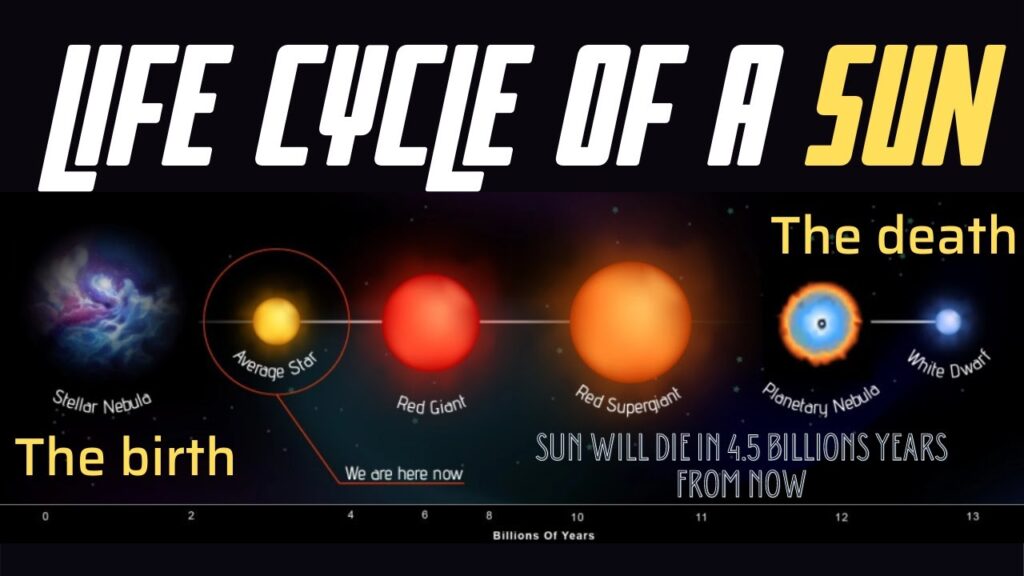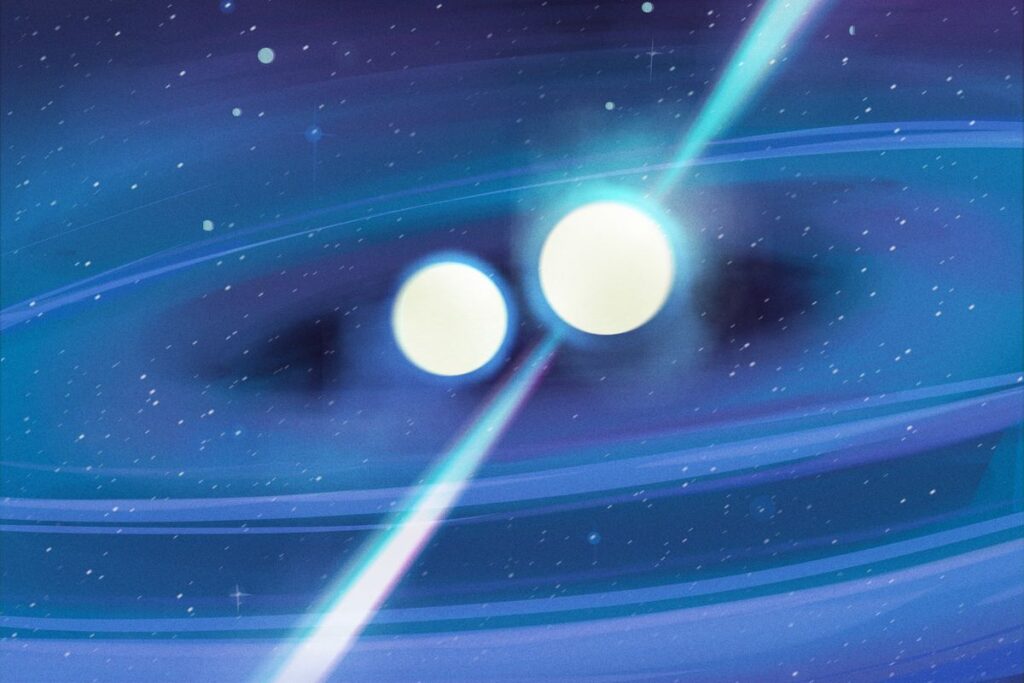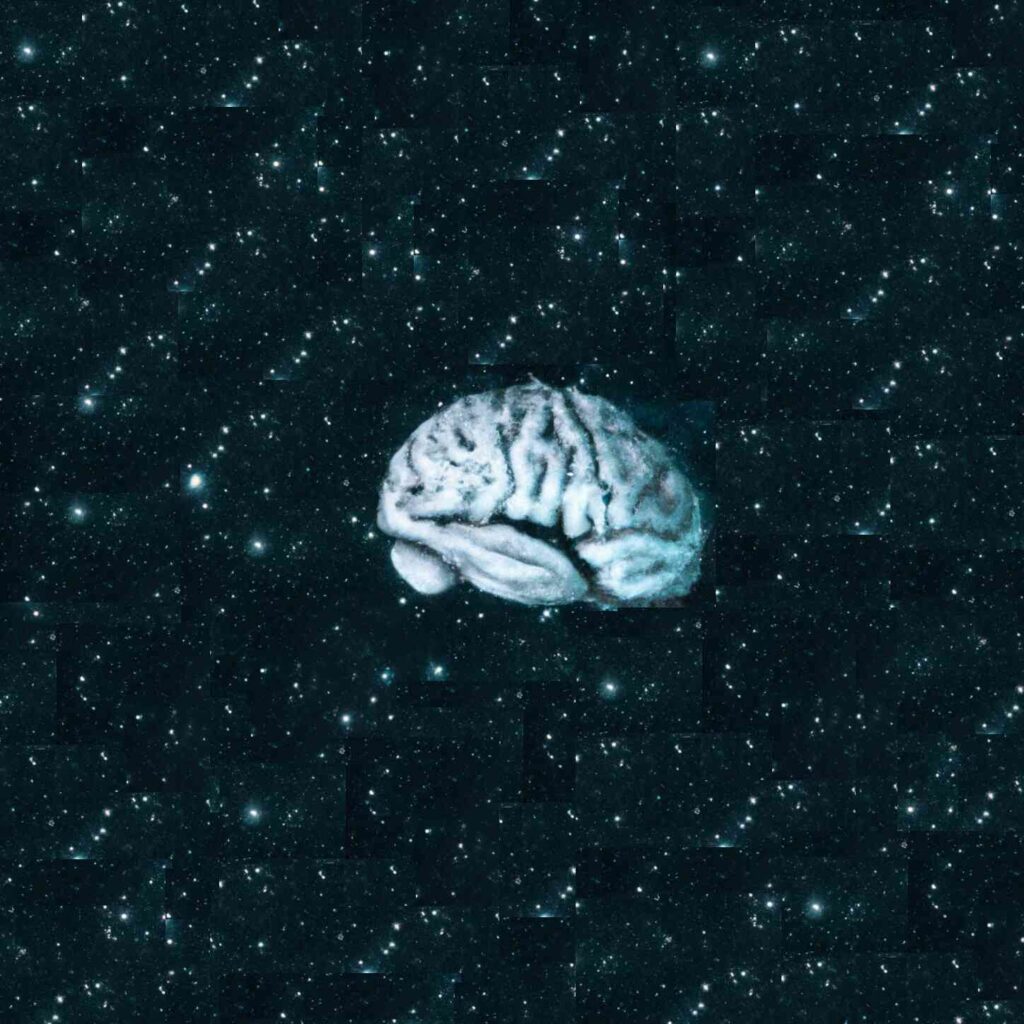The question of how our universe will end has intrigued scientists and philosophers for centuries. Our existence is bound by the laws of physics. They govern everything from the smallest particles to the vast cosmic structures. Just as the universe had a beginning with the Big Bang, it is inevitable that it will also have an end. But how will that happen? Will the universe collapse upon itself, freeze into an eternal void, or give rise to something entirely new? These are some of the questions that physicists strive to answer by studying cosmic expansion, thermodynamics, and quantum mechanics.
The Big Bang: Beginning Of Everything
The universe began with the Big Bang, an event that expanded space from a singularity of infinite density and energy. In a fraction of a second, it inflated at an unimaginable rate, growing by a factor of 10^78. Let’s put this into perspective. If a length of just one millimeter expanded at the same rate, it would stretch to 10⁶⁰ trillion kilometers in an instant. Even now, the universe continues to expand, with distant objects receding at speeds faster than light. A mysterious force called dark energy drives the process of expansion, which counteracts the pull of gravity. Over billions of years, this expansion will shape the fate of galaxies, stars, and ultimately, all matter and energy in existence.
As we explore how our universe will end, we must consider the fate of its fundamental components. They are stars, black holes, and entropy. These elements play a crucial role in determining whether the cosmos will fade into eternal stillness, collapse into itself, or undergo a transformation beyond our current understanding.
The Death of Stars and the Fate of the Sun

Stars, the primary engines of cosmic activity, follow different life cycles depending on their mass. Our own Sun has enough hydrogen fuel to sustain nuclear fusion for approximately 5 billion more years. Once the hydrogen in its core is depleted, the Sun’s core will contract and heat up, igniting fusion in the outer layers. This will cause the Sun to expand into a red giant, growing nearly 200 times its current size. This will engulf Earth in the process. Eventually, it will shed its outer layers, leaving behind a dense, Earth-sized core known as a white dwarf, which will gradually cool and fade over time.
Larger stars experience more dramatic deaths. When massive stars exhaust their hydrogen fuel, they undergo supernova explosions, leaving behind neutron stars or, if massive enough, forming black holes. Two neutron stars collide forming black holes. Supermassive stars, at least 20 times the mass of the Sun, collapse directly into black holes, further shaping the evolution of the cosmos.

The Role of Black Holes
As more stars die, black holes will dominate the universe, consuming much of the remaining matter. Smaller black holes will merge into supermassive black holes, growing even larger. However, black holes do not last forever. Through a process known as Hawking radiation, black holes emit tiny amounts of radiation, causing them to lose energy and gradually evaporate. If no additional mass is added, they will eventually disappear entirely.
Quantum fluctuations at the event horizon generate pairs of virtual particles. When one of these particles escapes as radiation while the other is consumed, the black hole loses energy. Over incredibly long timescales, all black holes will evaporate, leaving the universe almost completely devoid of structure.
The Expanding Universe and Entropy
A mysterious force known as dark energy drives the expansion of the universe. This expansion leads to an increase in entropy—the measure of disorder in a system. The second law of thermodynamics states that entropy in a closed system, such as the universe, must always increase. Black holes are among the most efficient entropy generators, consuming matter and increasing disorder. As the universe continues to expand, matter will be stretched thin, and temperature differences necessary for work and energy transfer will disappear. Now we almost know how universe will end.
The Inevitable Heat Death
When entropy reaches its maximum, the universe will enter a state known as thermodynamic equilibrium. This means that energy will be evenly distributed, no useful work will be possible, and all macroscopic changes will cease. No new stars will form because the gas required for their birth will be exhausted. Light will also become undetectable due to the stretching of wavelengths caused by cosmic expansion. As the universe can’t generate new photons anymore, darkness will engulf our whole cosmos.
We call this scary scenario the “heat death” of the universe. At this point, only fundamental particles such as photons, electrons, and neutrinos will remain, drifting through an empty and frigid cosmos. Without temperature differences, no meaningful interactions will occur, rendering the universe a desolate, lifeless void.
Could a New Universe Emerge?

Although the universe will reach maximum entropy, there remains a small possibility of spontaneous fluctuations. According to statistical mechanics, rare and random decreases in entropy, known as Boltzmann fluctuations, could theoretically lead to the formation of temporary structures. Given infinite time, these fluctuations might produce isolated phenomena, including the hypothetical “Boltzmann brain”—a self-aware entity that emerges briefly with false memories of existence before vanishing.
However, the likelihood of such an event is extraordinarily low, and most physicists believe that the formation of a new universe immediately after heat death is improbable. If any resurgence of complexity occurs, it will be on timescales so vast that we humans can not even comprehend properly.
Conclusion
So, how will our universe end? Current scientific understanding suggests that the most likely scenario is heat death. As entropy increases, stars will die, black holes will evaporate, and the universe will reach a state of absolute equilibrium, where no further events occur. While speculative ideas exist about potential cosmic rebirths, the final fate of the universe appears to be one of endless darkness and silence, trillions of years into the future.
This realization is both awe-inspiring and humbling. The vastness of time and space makes human existence seem fleeting in comparison to the universe’s grand timeline. Yet, understanding these cosmic processes allows us to appreciate the beauty of the present moment. While we may never witness the distant future of the cosmos, our pursuit of knowledge grants us a glimpse into the fundamental forces that shape our existence.
The question of what happens after the universe’s demise remains an open one. Will new physics emerge beyond our current theories? Could another Big Bang ignite a new cycle of creation? These mysteries continue to challenge scientists, ensuring that the quest to understand the universe’s fate is far from over.
Sources: